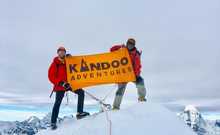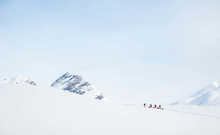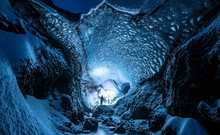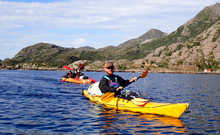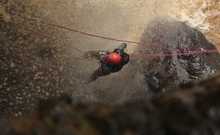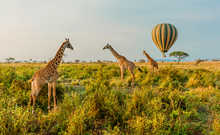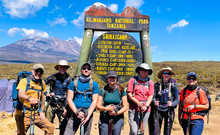Common Trekking Ailments
Common complaints trekkers experience ranges from mild
sunburn and chapped lips to sprains, altitude sickness and dehydration. The
good news is that on a trekking holiday, except for extreme altitude sickness,
you’re highly unlikely to encounter life-threatening illness. Even this is
treatable when spotted early and in the hands of experienced trekking guides who
follow stringent safety measures. Most of these issues are completely
preventable with a little forethought.
We tell all our guests that preparation is key to the
success of your trek. That means training hard, taking the right clothing and
kit and reading your pre-trip information carefully. Discomfort and trekking
injuries are largely avoidable and below we have listed some of the most common
hiking dangers you will face. Equipping yourself with a comprehensive first aid
kit and preparing adequately for your adventure will ensure maximum enjoyment
and comfort during your journey.
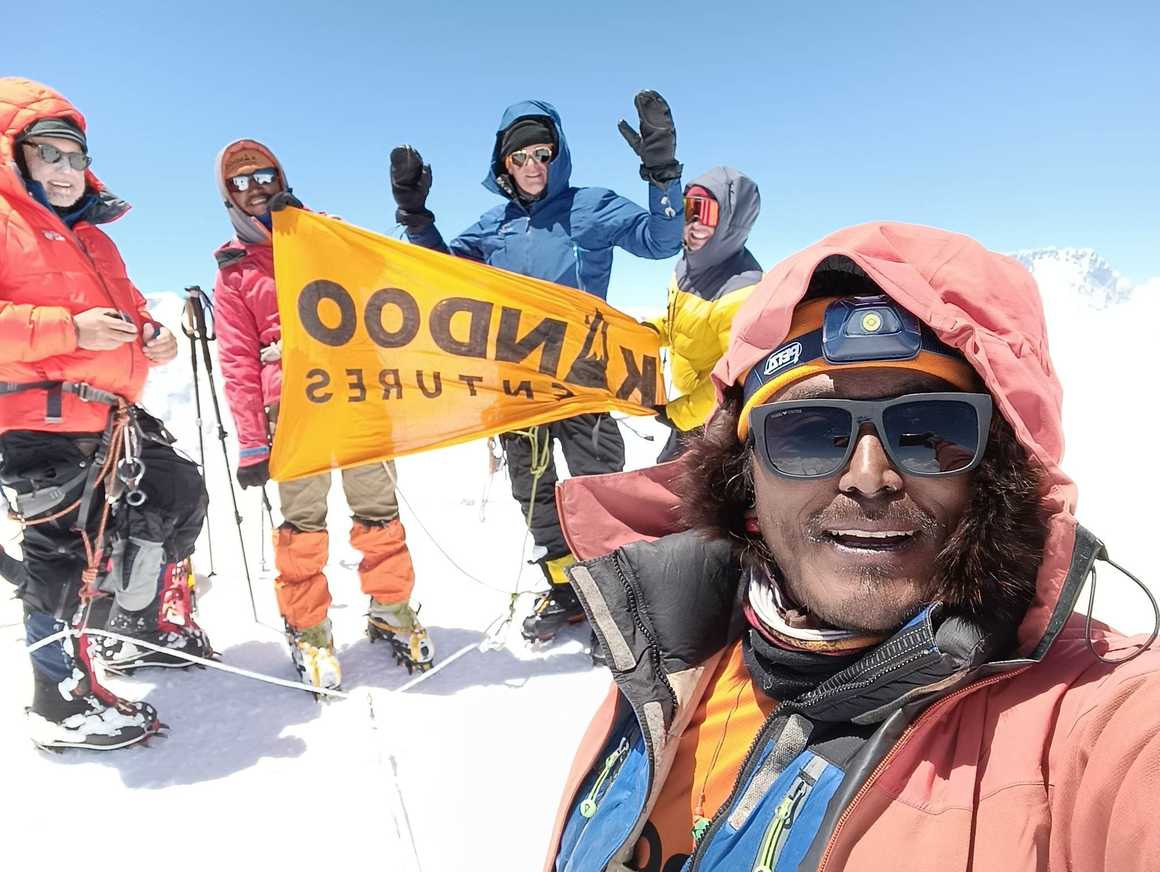
Chapped lips
Sunburn
Dehydration
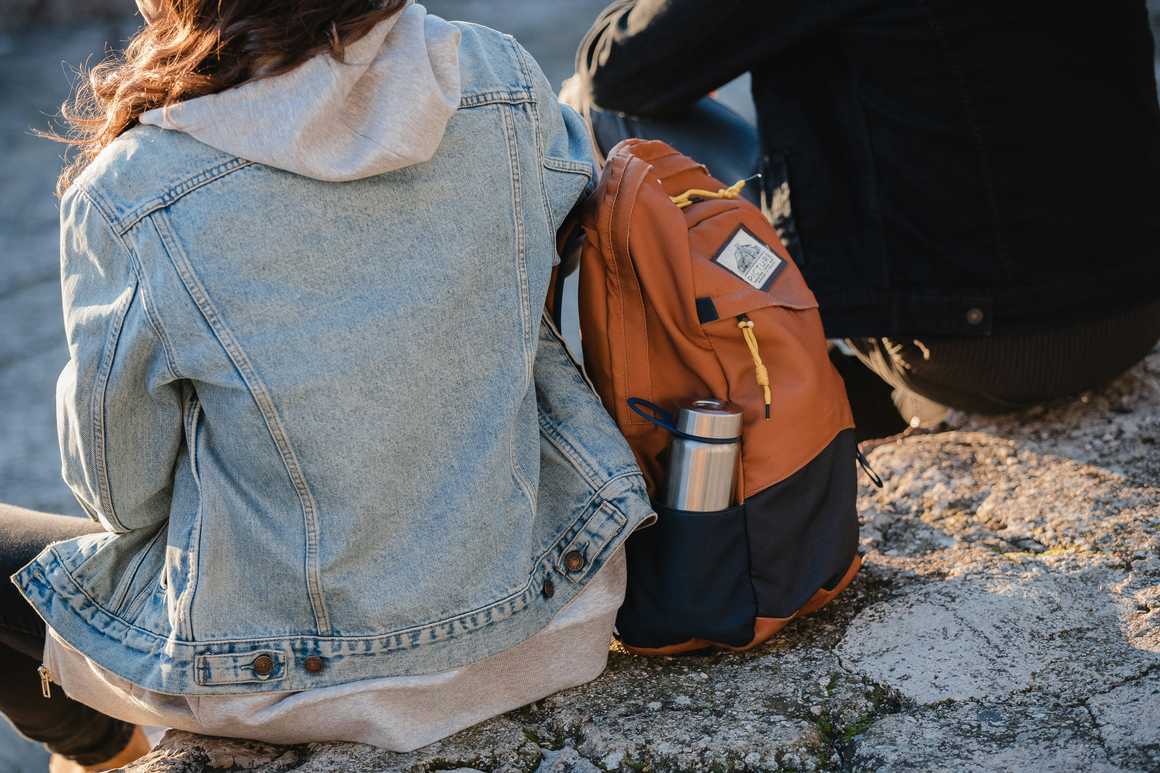
Blisters
- Make sure you break in new walking boots to soften them up and mould them to your feet.
- Choose moisture-wicking socks and consider a sock liner underneath for a snug fit that doesn’t get too wet when walking for long periods.
- Take your shoes and socks off at every opportunity! Let your skin breathe and dry and pop on some dry socks afterwards. Don’t put damp socks back on as this could lead to friction.
Altitude sickness
Stomach problems
Practice good personal hygiene by always using hand
sanitiser after going to the toilet and washing your hands before meals. Keep
your fluids up by drinking plenty of water and eating small amounts frequently
to avoid overwhelming your digestive system.
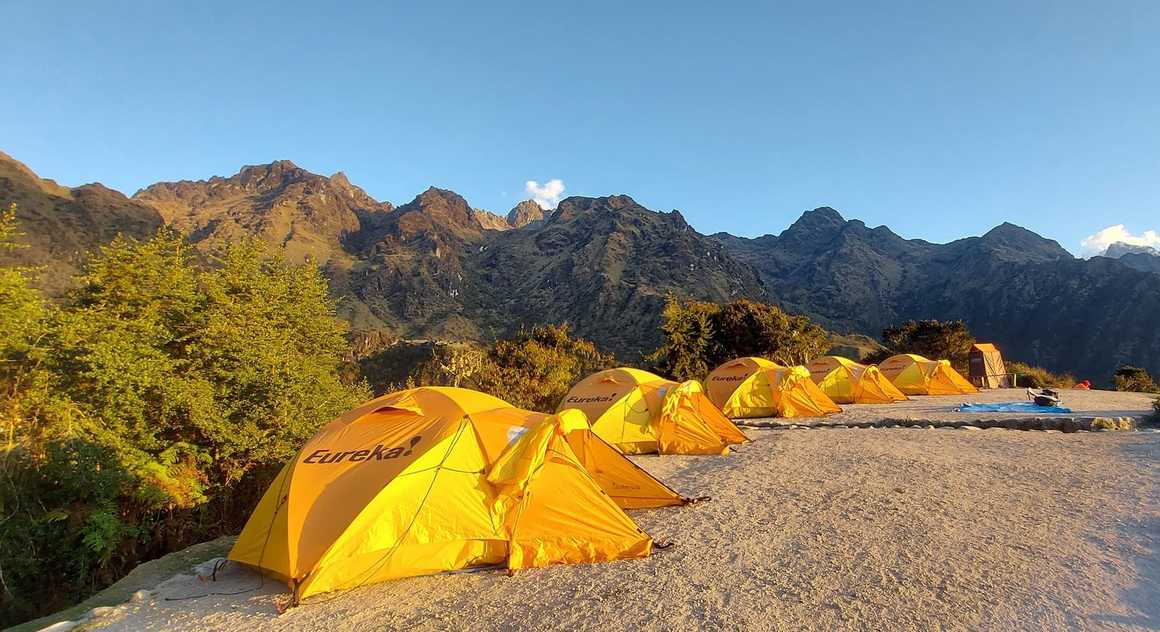
Insomnia
- Take earplugs to block out ambient noise
- Bring an extra travel pillow and camping mat
- Wear a sleep mask (especially handy for early nights if it’s still light)
- Written positive affirmations work for some – read them before you go to sleep
- Drink plenty of water during the day but taper off towards nighttime
- Take a pee bottle for midnight toilet urges
- Fill your water bottle with hot water before bed for a cosy companion in your sleeping bag
- Try meditative breathing techniques like box breathing
- Read a book – great for calming busy minds
Cough
Chafing
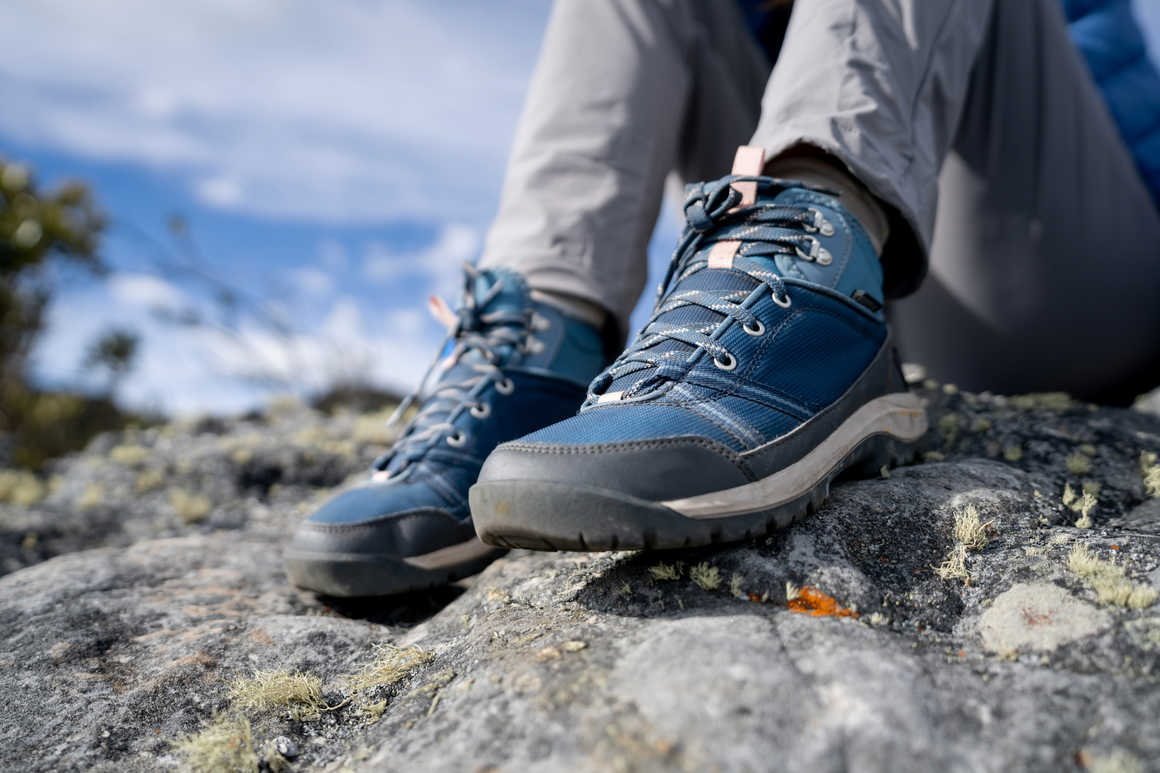
Circulation
Sprains and strains


